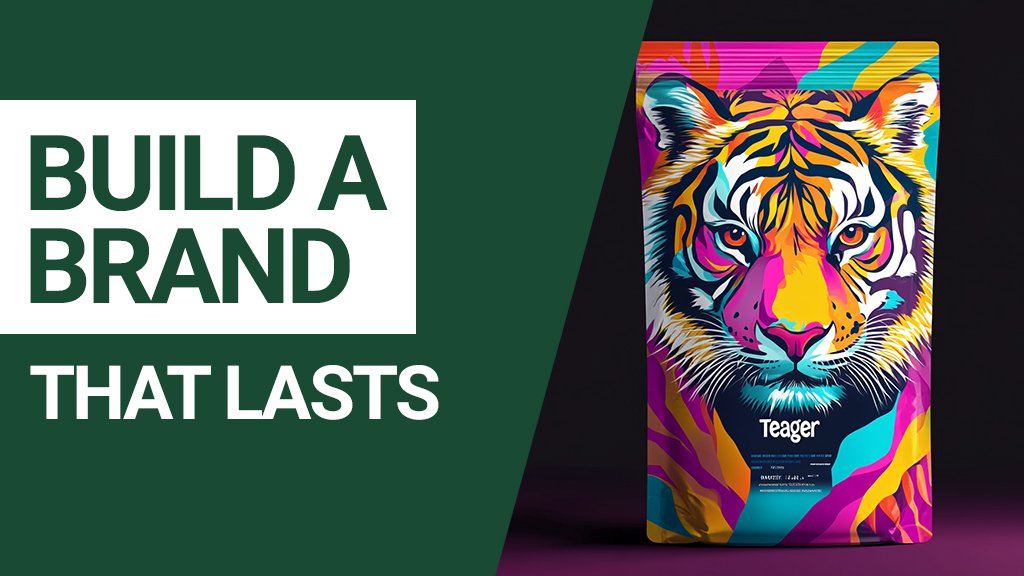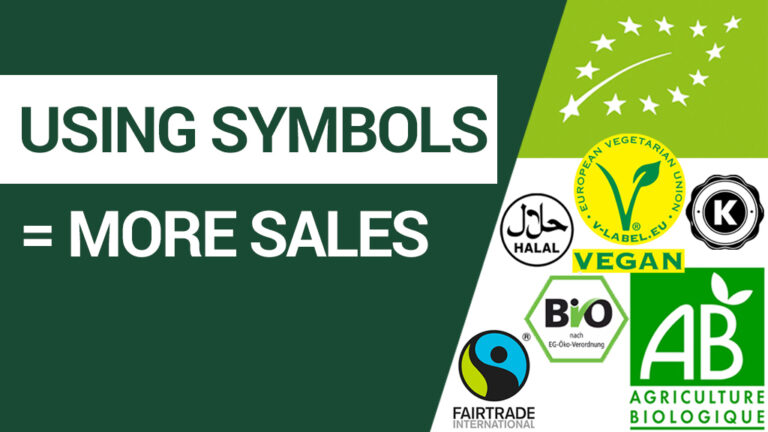How many posts have you read on this topic already?
1? 2? 5?
Honestly, don’t you think they all sound similar? Like:
- “do a market research”,
- “know your customer”,
- “search for a supplier”,
- “become an expert”,
- “choose the legal form of your company”
- and my favorites: “create a well-designed website” and “make sales”…
Are they wrong?
No, but it states the obvious. This applies to ANY business.
Replace the word “tea” with “home furnitures” or “olive oil” and you will have the same article. Worse, what can you do after reading this? Do you feel more “advanced” and empowered to move on with your project?
An article should provide specific information and, should make us think.
After reading it, our reaction should be “Okay, I will do that”, or at least “I never thought of this, maybe I should try X”.
That’s why I will step away from what other blogs are writing and propose something, I hope, will be more helpful to you.
And here’s our program:
- Why you must create a unique concept for your tea brand,
- Why focus on your package design,
- How many references to have in your assortment?
- Make a proof of concept: Where to start selling your tea?
- Other legal stuff to know.
Table of Contents
ToggleHow to create a unique concept for your tea brand?
The basic in marketing and consumer psychology is the following:
You have to do something different from what already exists to differentiate yourself and win customers.
Stand out is critical to make you visible in a sea of competitors.
If you are a copycat of an already recognized brand, why would consumers ever choose you? They already have one (or more) fulfiling their needs. One they’re accustomed to, one they like. You’re a boring late comer.
The cliché with many startups: differenciation via pricing – meaning proposing the same for less money.
My 2 cents on it is don’t do that.
If you’re in a start-up mode, cutting prices is not an option since you have no scale, i.e. no power to negotiate good pricing with your suppliers.
Keep in mind also that low prices don’t always win. Pricing has to be coherent with the type of customers you’re targeting and the image your brand has. If you’re building a premium brand, a low price tag would be neither coherent nor believable by the people you want to serve.
Examples for your brand
How can you create something new and appealing when so many brands already exist? Well, the possibilities are endless.
I’ll give you a few examples that can be combined to create something unique:
Create a special packaging
Basic rule to stand out in the tea business: avoid common brown doypacks.
Using those is the best way to look like everybody else and a one-way ticket to bland street.
Clever marketers avoid standard packaging…
… and will favor instead something unique that fits to their concept.
Find a special format
Here we have a great example with this German brand who nailed it 20 years ago by selling only 1 type of tea (Darjeeling) in 1 kilobag.
Their concept: we cut middle men and you buy quantity that will last you for a year. For the consumer, the advantage is clear: make big savings.
Their success was so huge in Germany that they disrupted the local supply chain of Darjeeling tea for a while.
Sell a special tea origin
Kenya, Uganda and Malawi are becoming great producers of black and green tea.
But I’m still waiting for an innovative tea brand focusing on African teas only.
Develop an image based on the codes of another industry
This brand is a great case study in the tea world. What they did was one the most successful rebranding of the 2000s.
Their idea: adapt the codes of fashion to tea and turn the company into a lifestyle brand.
From what other sector could you steal its codes and associate them with your tea brand?
Be a local brand
Think of Breizh Cola and their simple proposal: a regional cola from Bretagne.
In their branding, everything will remind you of Coca Cola, except for their origin.
Cola is the most competitive niche in soft drinks, yet Breizh Cola shows you can always build distinction. Yes it’s more “niche” and it’s not for the whole world, but it works.
Bring new tastes never seen before in tea recipes
I’ll let that one to your creativity…
Some extra thoughts about luxury and health
You might also consider starting a luxury or a health related brand.
At first glance why not? On one side, luxury sounds like high margin products. And tea’s image is now completely associated to health. So it seems like a no-brainer.
But, to me, it’s not enough to capture a good concept.
And here is why?
First of all, you will face heavy competition in both luxury and health segments.
Luxury requires investment, a high degree of sophistication and consistency across all your communication and touchpoints. Something really hard to pull off.
About health. The tea market has been completely saturated with health claims for last 10 years. Even “standard brands” do their best to communicate effects.
Who does not have a detox tea in his assortment nowadays?
If you want your brand to thrive and convince customers, you should niche down. It means you need a concept even more narrowed addressing the needs of a sub-segment of these markets.
If I would create a tea brand with a strong selling point, I would start with something highly specific like brain performance solutions for active mid-30s and above, or muscle pain for sports aficionados.
Whatever your focus is, the right recipe for your brand will have more chances of success if:
- Your concept is clear,
- It’s distinctive,
- It’s something your customers care about.
Focus on your package design
When you start a brand, you want to do many things and be everywhere: Create a website, start a Facebook page, post videos on Tik Tok, work with Instagram influencers, shoot pictures and videos, organize an event, find local resellers…
The result: you dilute yourself.
And most of you skip on the basics: the design of your packaging
Sure you have one. But it’s so common it buries you in the sea of other brands. Your packaging makes you average, or worse: invisible.
As I stated earlier, the biggest mistake is to adopt the brown doypack for your business. It’s way too generic. Remember: you want to stand out.
Also…
Should your tea be also a giftable item?
Think about it, people do not only purchase tea for themselves, but to make gifts as well.
If your packaging conveys the message “use me as a gift”, you expand the chances of your product to be bought since you will address an extra need.
How many references should your tea brand start with?
I always advise start up brands to start with 1 or 2 references, no more.
Why?
3 reasons:
- You want to test your concept first. To know if your idea works, you don’t need 20 teas to start with. Get your product on the market, see if there is a product-market fit. If yes, bring a new reference to the market. If no, rethink your approach,
- If you introduce 20 references from Day 1, you dilute your efforts. Now you have to work on 20 concepts, 20 labels, 20 times more stock… 20 times of everything… It simply means you need more time and more money,
- If you put too many references on the market right from the start, you’ll reduce your ability to introduce new products in the future. Customers are fond of new products, but you need to introduce them sporadically and regularly to keep your audience hooked.
Let’s sum it up:
To reduce risk and get fast a feedback from the market, you need a proof of concept, i.e. to test your brand concept.
Please note: this advice doesn’t apply if you’re opening an independent tea store, where you’ll need more than a hundred references. But opening a tea store and launching a tea brand are two different things.
Where to start selling your tea?
So we agree, you need to test your idea. And for that 1 or 2 tea concepts will suffice.
But where to sell your products? The 3 main approaches I hear from start-uppers are:
- Sell on their online shop,
- Find local resellers in brick-and-mortar shops,
- Via social media and working with influencers.
Okay, I’m not saying these 3 options are bad…
… but I see a better place to test your brand: Amazon
Why Amazon?
- Amazon is a marketplace where third party sellers (brands like you) are allowed to sell as well,
- Consumers trust Amazon. When you sell on Amazon, you are borrowing their visibility and trust. That’s why it’s easier to convert and make a sell on Amazon than it is on your newly-born-unknown-online-shop. FYI, I know tea brands who reach 40% conversion rate during the high season (from october to december) and 30% for the rest of the year. Figures any shop can only dream of,
- On Amazon, most users have a shopping intent – they are ready to buy,
- If you do FBA (Fulfilment By Amazon) where Amazon ships your products as well, buyers can be eligible for free delivery. Another reason why Amazon is more powerful in terms of conversion. Your online shop can’t compete,
By selling on Amazon, you remove barriers for customers to discover and buy your product.
I don’t say it’s easy. You will need to develop good text and good pictures… well, good content. But only for 1 or 2 products.
And you will get a feedback on your capacity to:
- Be discovered by potential buyers,
- Be bought for the first time,
- Build customer loyalty with repeat buyers.
On Amazon, don’t think about making a profit… yet!
Starting a brand and making a profit from the first sales make little sense.
Remember, you’re just trying to figure out if your brand concept works and if your content convinces people. That’s it.
To better explain the proof of concept on Amazon, we will soon publish a dedicated article on the subject.
Other legal stuff to know
One thing to clear out first. I don’t know where you come from: the US? France? Germany? So I can’t promise the following apply to any country. I advise you to make some research if you want to be sure.
But, by working with professionals in the tea business, I noticed the following (for most countries):
- Creating a tea brand is a standard commercial activity. No diploma are required,
- Organic certification might be needed if you sell organic tea (logical),
- You will also probably need a special authorization by your landlord if your business is established in the place you rent.
Extra tip for France: don’t mention “production” in the object of your business. You will have 50% chance that l’INSEE will categorize as a company depending on the Chamber of Agriculture. It’s a mistake, you should depend on the Chamber of Commerce only.
Conclusion
To give yourself the best chance of success, make a proof of concept and focus on the following points:
- Build distinction for your tea brand,
- Reduce the size of your assortment at the beginning,
- Concentrate on the most important tasks – don’t dilute yourself
Imagine you make a proof of concept on Amazon, and boom, it works! Then, what should come next? Retention. In other words: customer loyalty. And we’ll have a dedicated article on that one too… So stay tuned.




